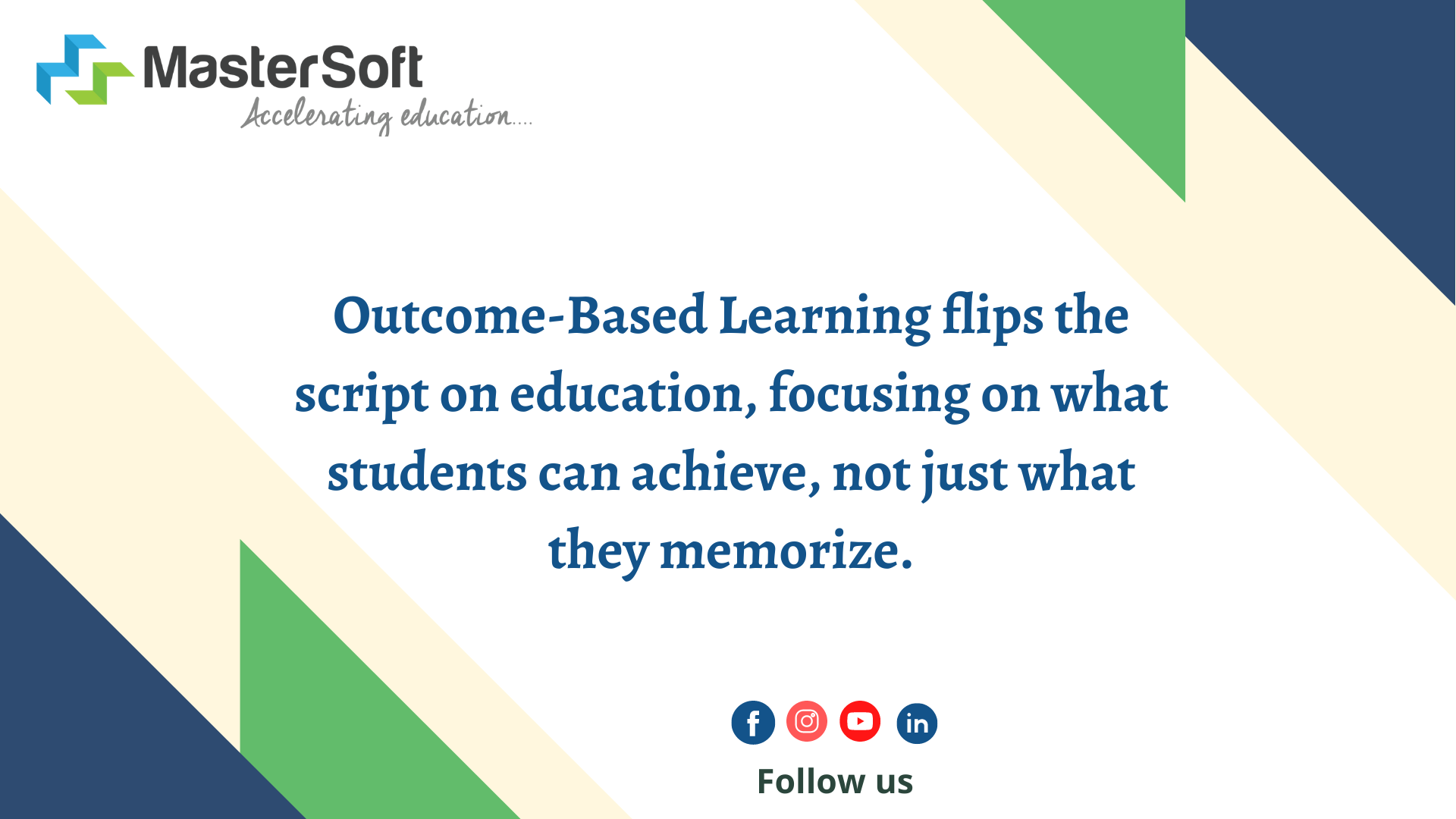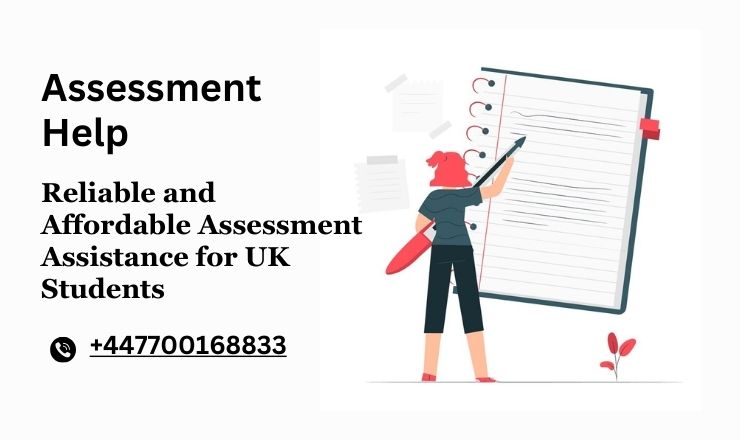The traditional education model often focuses on rote learning and standardized testing. While these elements have their place, a growing movement is emphasizing a more holistic approach to education – Outcome-Based Education (OBE). OBE goes beyond simply covering content; it focuses on the skills and knowledge students actually acquire. But how do we measure success in this new paradigm? This guide explores Outcome-Based Education assessment, delving into its purpose, strategies, and benefits.
What is Outcome-Based Education (OBE)?
Outcome-Based Education (OBE) is an educational philosophy that shifts the focus from teaching content to achieving defined learning outcomes. These outcomes are clear statements that describe what students will be able to know and do after completing a course, program, or educational experience.
The Importance of Assessment in OBE
Assessment plays a crucial role in OBE. It’s not just about assigning grades; it’s about gathering evidence to determine if students are achieving the predefined learning outcomes. This evidence informs teaching practices and identifies areas where students might need additional support.
Benefits of OBE Assessment
OBE assessment offers a multitude of benefits for both students and educators:
- Improved Learning Outcomes: By clearly defining what students are expected to learn, OBE assessment helps educators target instruction more effectively. This leads to deeper understanding and stronger skill development.
- Enhanced Student Engagement: Students become more invested in their learning when they understand the goals and objectives of a course. Assessment serves as a roadmap, helping students track their progress and identify areas for improvement.
- Data-Driven Decision Making: OBE assessment provides valuable data about student learning. This data can be used to refine curriculum, adjust teaching methods, and allocate resources more effectively.
- Transparency and Accountability: OBE assessment fosters transparency by outlining clear learning outcomes. This allows students, parents, and stakeholders to understand what students are expected to achieve.
- Lifelong Learning: OBE assessment encourages students to develop critical thinking skills and the ability to self-assess. These skills are essential for lifelong learning and success in a rapidly changing world.
Strategies for OBE Assessment
There’s no one-size-fits-all approach to OBE assessment. The most effective approach depends on the learning outcomes you want to measure. Here are some common assessment strategies used in OBE:
- Performance-Based Assessments: These assessments require students to demonstrate their learning through tasks that mimic real-world applications. Examples include presentations, projects, portfolios, and simulations.
- Formative Assessments: These ongoing assessments provide feedback throughout the learning process to help students gauge their understanding and identify areas for improvement. Examples include quizzes, class discussions, and peer reviews.
- Summative Assessments: These assessments measure student learning at the conclusion of a course or program. Examples include final exams, research papers, and capstone projects.
- Self-Assessment: Encouraging students to reflect on their learning and evaluate their progress can be a powerful assessment tool. Self-assessment rubrics and reflective journals can be used to facilitate this process.
Developing Effective Assessment Tools
Here are some key considerations when developing assessment tools for OBE:
- Alignment with Learning Outcomes: Ensure your assessments directly measure the predefined learning outcomes.
- Variety of Assessment Methods: Utilize a variety of assessment methods to cater to diverse learning styles and capture a well-rounded picture of student learning.
- Clear Instructions and Rubrics: Provide students with clear instructions and scoring rubrics that outline expectations and criteria for success.
- Fairness and Consistency: Ensure your assessments are fair and consistent for all students.
- Feedback Loop: Provide students with meaningful feedback on their performance. This feedback should be specific, actionable, and focused on helping students improve.
Implementing OBE Assessment: A Continuous Process
Implementing OBE assessment is an ongoing process. Regularly review and refine your assessment practices based on data analysis and student feedback. Collaboration between educators and assessment specialists is crucial for successfully implementing OBE assessment.
Conclusion: Transforming Education Through Outcome-Based Assessment
Outcome-Based Education assessment offers a powerful tool for transforming education. By focusing on measuring what students can actually do and know, we can create learning experiences that are more meaningful and effective.




